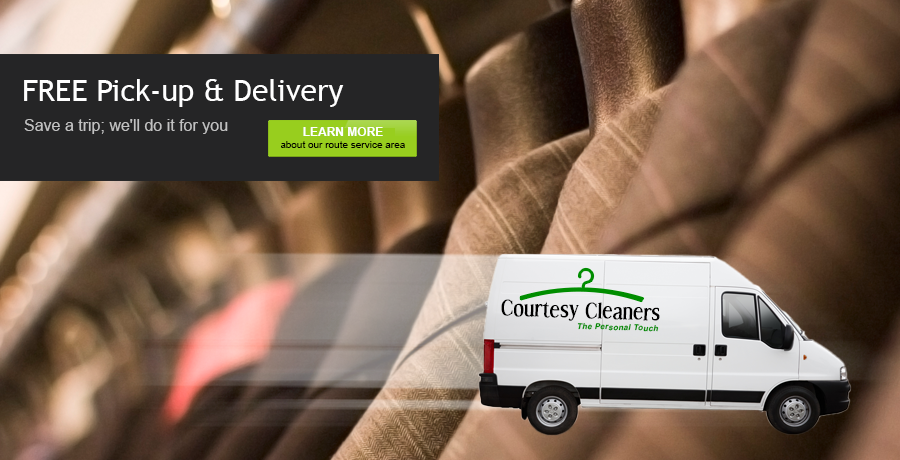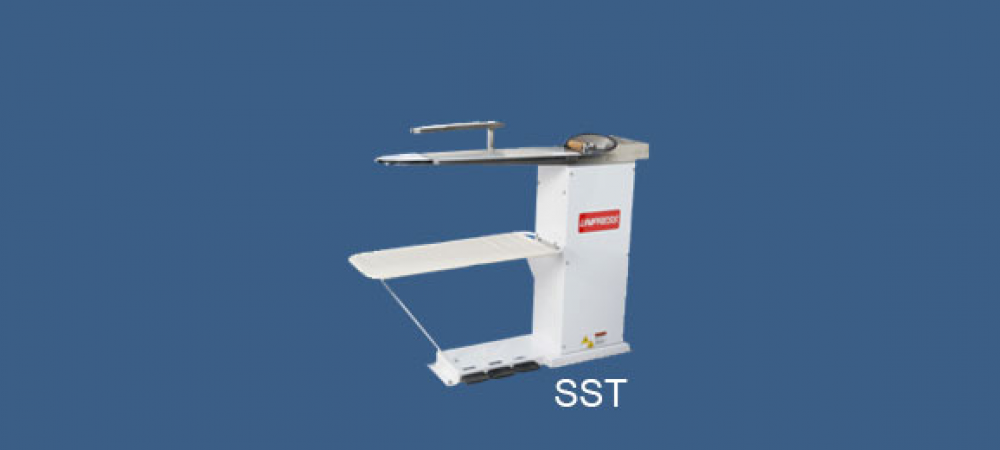Spotting at home refers to putting a topical product, such as Shout, prior to putting your garment in the washing machine. This can loosen stains and make them easier to clean while in the wash.
At Courtesy Cleaners we use a method called “Pre-Spotting.” This process involves removing the stain before dry cleaning or wet cleaning a garment. There are three primary tools we uses to remove spots.
- Dry Cleaning Spotting Board
- This device has the following:
- Vacuum – Pedal controlled vacuum helps keep garment attached to the spotting board through air section.
- Spotting Gun – Has different foot pedals, applying steam or hot air to the garment.
- Steam – Steam is applied to the stained area of the garment in order to loosen the stain.
- Hot Air – Once steamed and stain is gone, parts of garment are likely to be wet and will need to be dried before it can be cleaned.
- Spotting Bone
- This is a smooth instrument used to work a spotting agent into the stain and loosen its grip on the fabric.
- Tamping Brush
- This is a soft brush, which is used to loosen and remove stains.
How the “Pre-Spotting” Magic Happens
1. Garment is placed onto spotting board and held in place by the vacuum
2. Steam is applied to stained area, as well as a stain remover that is appropriate for the particular fabric and stain.
3. Once stain is removed Hot Air is applied to dry the garment
There are many different types of spotting agents that we can use. Which one is used depends on the type of fabric and the nature of the stain. The more common stains are food-based, water-based and grease stains. Knowledge of fabrics and spotting agents is critical for removing different stains from the garment.
Sometimes a stain is difficult to remove and every stain cannot be completely removed. The combination of fabric, nature of the stain, amount of time the stain has been in the garment, and what previous treatments have been applied all affect the outcome of our spotting procedures.
We start off trying to remove the stain first with the mildest possible treatment. If that doesn’t work, we will take it to the next level. But if the stain still doesn’t come out we can try a more aggressive treatment. Before that takes place we will always contact the customer about the problem and explain the possible outcomes before proceeding.











